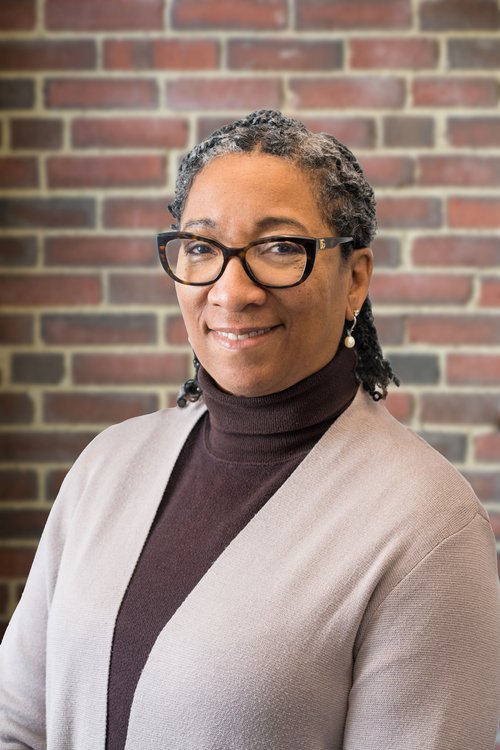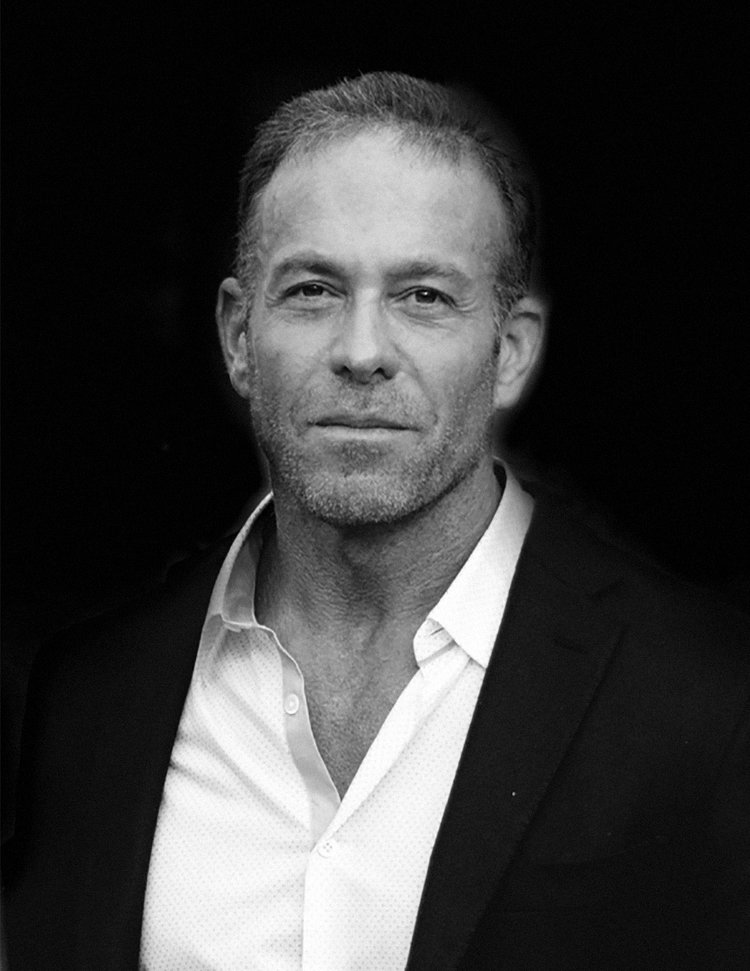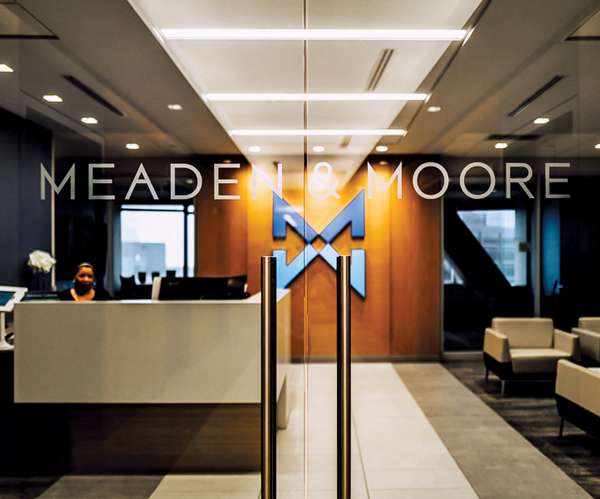2018 Community Leader of the Year: Fred Bidwell
Nov. 1, 2018 | 4:00 AM

Fred Bidwell bought the former Cleveland Railway Co. Transformer Station at 1460 W. 29th St. in Ohio City with the sole intention of turning it into a private museum, a place where he and wife, Laura, could display and store a contemporary art collection that now numbers over 900 primarily photo-based works. But something unexpected happened after the 1924 structure — its original 2,000 square feet restored and endowed with a new 5,000-square-foot extension, parking lot and grounds — reopened in February 2013. Bidwell, a Cleveland Museum of Art board member, formed a partnership with the institution that allowed it to use the station for contemporary art exhibits six months of every year. And the building was one of the catalysts for the renaissance of what has been dubbed Hingetown.
“Now it’s really a hot neighborhood with hundreds of millions of dollars being invested in new housing and retail all around us,” the 66-year-old philanthropist, former owner and CEO of Akron-based Malone Advertising (now known as Geometry Global), says.
That development was Bidwell’s inspiration for FRONT International: Cleveland Triennial for Contemporary Art, a festival staged for the first time July 14 through Sept. 30 featuring the works of 114 artists in 28 locations, from the Cleveland Museum of Art to the Cleveland Public Library. Bidwell mentions a film screening in the Steamship William G. Mather’s cargo hold, a 24-channel video installation in the lobby of the Federal Reserve Bank of Cleveland, a 25-foot silver-hand “pavilion” on Case Western Reserve University’s Toby’s
Plaza. The self-described FRONT manager, who oversaw spending of the $5 million-plus he raised to produce the festival, describes it as “an artistic scavenger hunt.”
“The [question was], if an arts-and-culture project like Transformer Station could bring people into a neighborhood, could a bigger one bring people into the city?” he says.
While totals for the number of visitors FRONT attracted during its 2.5-month run, along with the dollars they spent, were not available at press time, Bidwell estimates over 15,000 attended its opening weekend, “a significant number, maybe even over half” of whom came from outside Northeast Ohio ZIP codes. And it has received positive reviews in publications such as The New York Times, The Wall Street Journal and The Smithsonian. MOCA Cleveland Executive Director Jill Snyder, who was involved in developing FRONT, credits its initial success on including participating museums, all of which have “really strong national profiles,” in planning and marketing instead of simply fitting them into programming. (Indeed, Bidwell believes noted artists such as Yinka Shonibare and Barbara Bloom agreed to participate based in part on the reputations of those institutions.)
“Knitting together all of these cultural institutions and then doing these popups, these site-specific projects, laid the foundation for culture as a brand [for the area],” she says.
FRONT is modeled after the citywide multivenue events common in Europe. According to Bidwell and Snyder, the only North American counterpart is Prospect New Orleans, established to lure visitors back to the Big Easy after Hurricane Katrina. However, the debut of FRONT, curated by Artistic Director Michelle Grabner, was more of a regional affair, with exhibits at the Akron Art Museum and Allen Memorial Art Museum in Oberlin. Bidwell’s goal is for FRONT to become “the premier contemporary art event in North America.” He points to the success of Documenta, a famous contemporary art festival presented every five years in the relatively nondescript German city of Kassel, as an example of what is possible.
“It’s grown to the point that now every edition of Documenta brings almost a million people to Kassel,” he says. “So, if Kassel can attract a million people, I’d like to see Cleveland attract a million people.”
Trending
-
1
-
2
-
3
-
4
-
5










